- Tashanyan, Zhengguoqu, Lingqu, and Dujiangyan are collectively known as the four major water conservancy projects in ancient China
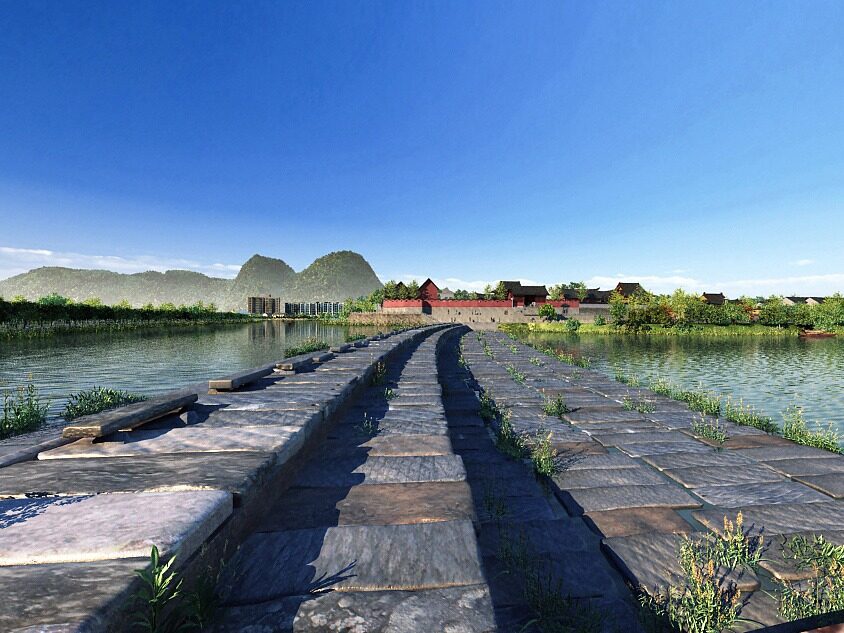
It (tuō) mountain weir is a great water conservancy project created by the working people of ancient China. It belongs to the imperial salt water storage diversion and irrigation hub project built on the Yinjiang River, a tributary of the Yongjiang River. Tashan Weir is located at the exit of Zhangxi beside Tashan Mountain, Yinjiang Town, Haishu District, Ningbo City, Zhejiang Province. It was founded by the county magistrate Wang Yuanwei in the seventh year of Taihe in the Tang Dynasty (833 AD). It is collectively known as the four major water conservancy projects in ancient China with the Zhengguoqu, Lingqu and Dujiangyan in China. It is a national key cultural relics protection unit and a world irrigation project heritage.
Before the construction of the weir, the tide can be traced back to Zhangxi along the Yongjiang River. Due to the backwatering of seawater, the cultivated fields are halogenated, making it difficult for cities to use water. Between Siming Mountain and Other Mountain at the upper reaches of Yinjiang River, a 36-level upper and lower overflow dam was built with strips of stone. The dam crest is 42 feet long and is built with 80 stone slabs. The dam is hollow and uses large wooden beams as supports. It has a total length of 134.4 meters, a height of about 3.05 meters and a width of 4.8 meters. This dam can usually stop the salty tides and store stream water for irrigation of thousands of hectares of farmland in Qixiang Township of Yinxi Plain, and for Ningbo City through the Nantang River. In June 1982, it was rated as a key cultural relic protection unit of the county by the People's Government of Yin County. On December 28, 1988, it was rated as a national key cultural relics protection unit by the State Council. Editor/He Yuting

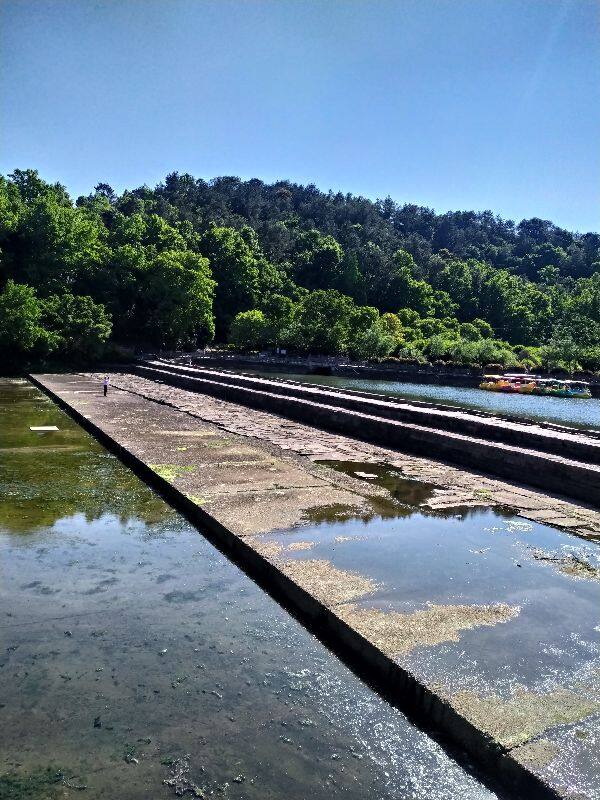
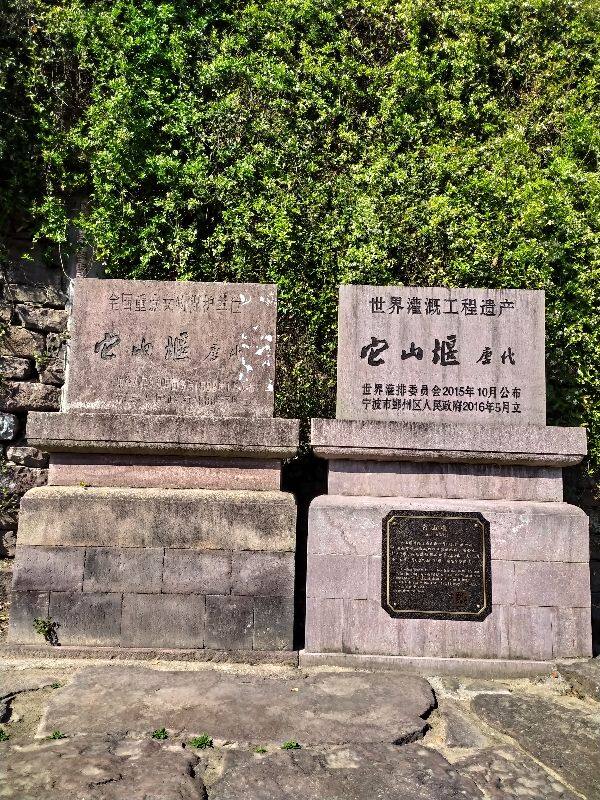
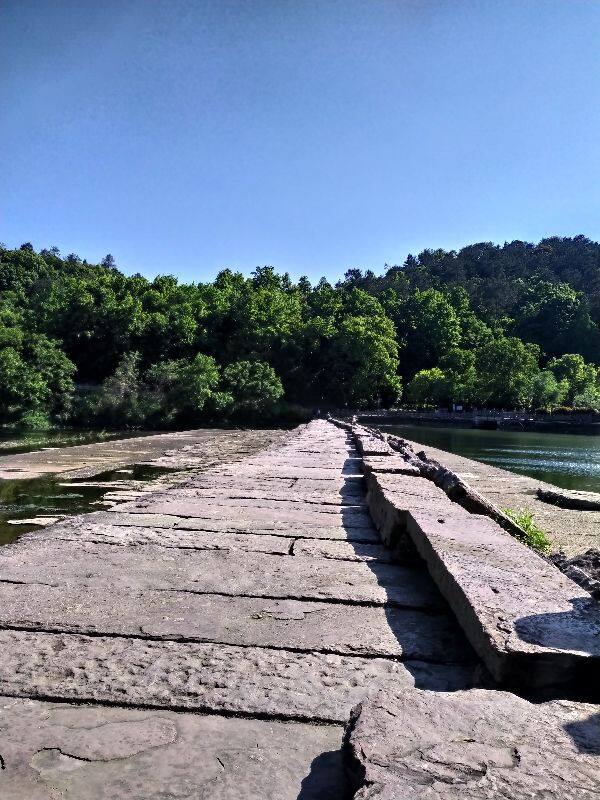

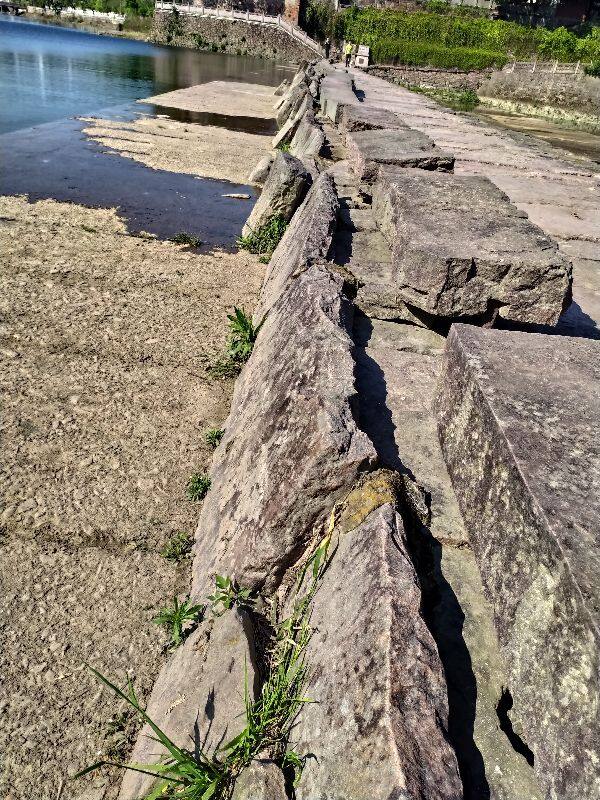
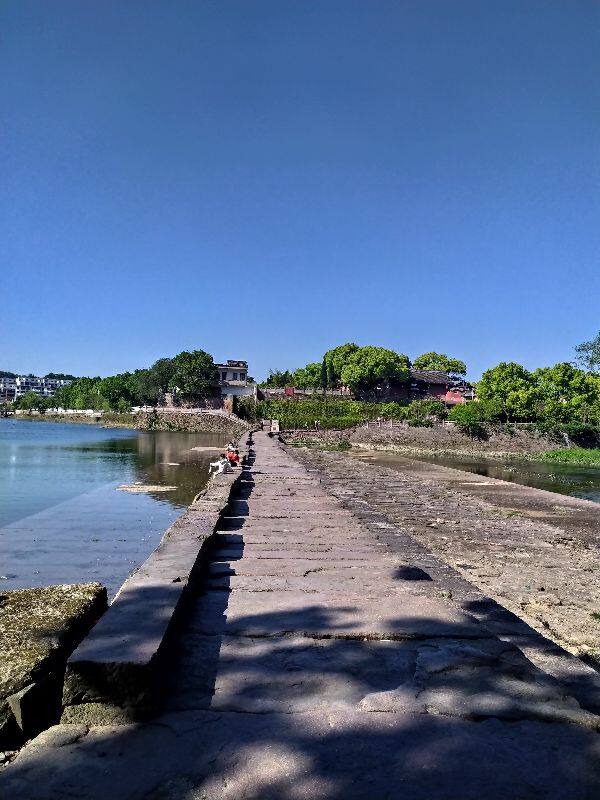
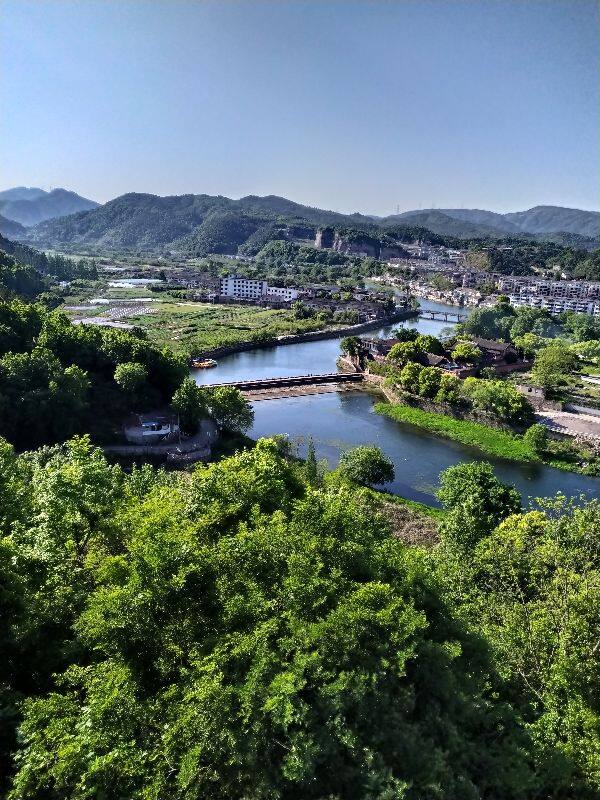

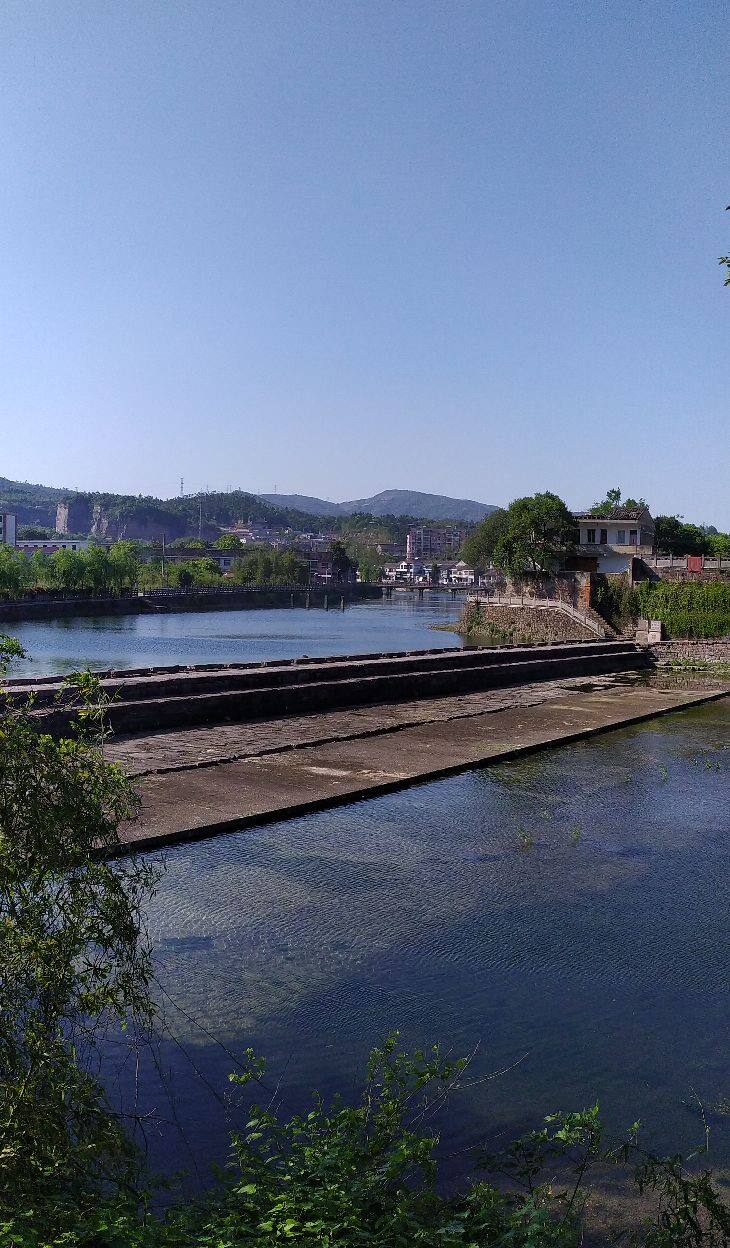
Comment
 Praise
Praise
 Collect
Collect
 Comment
Comment
 Search
Search














Write something~